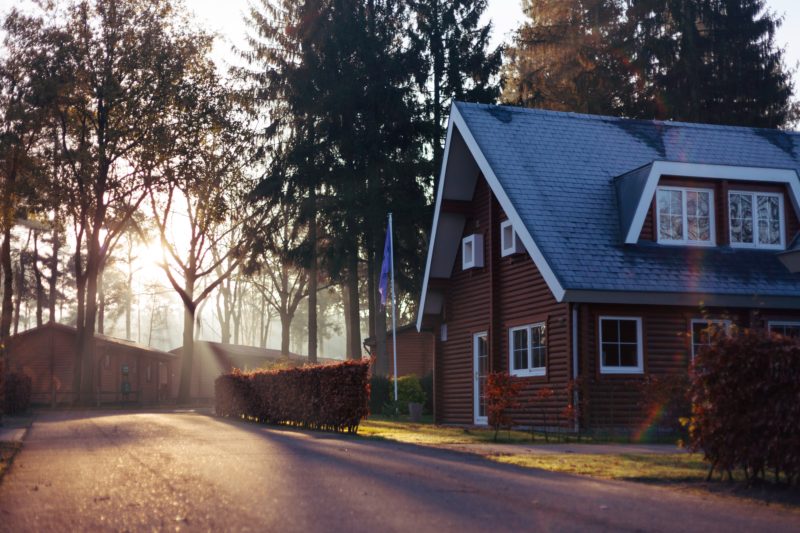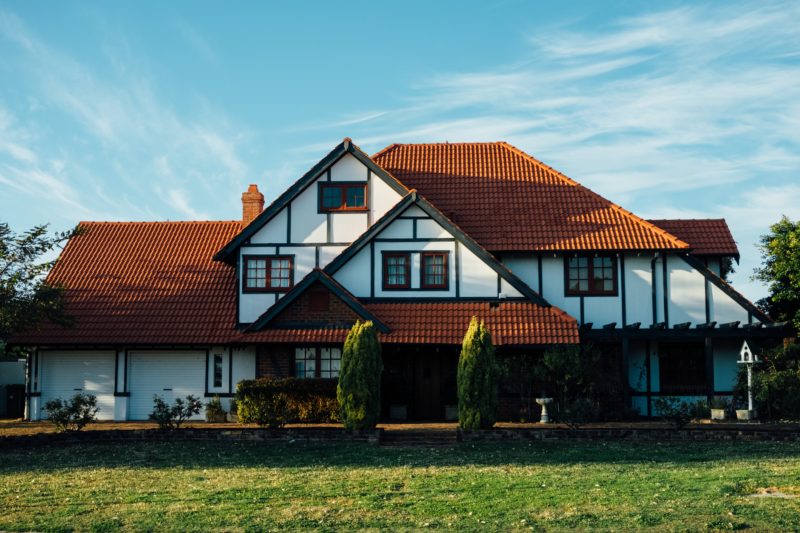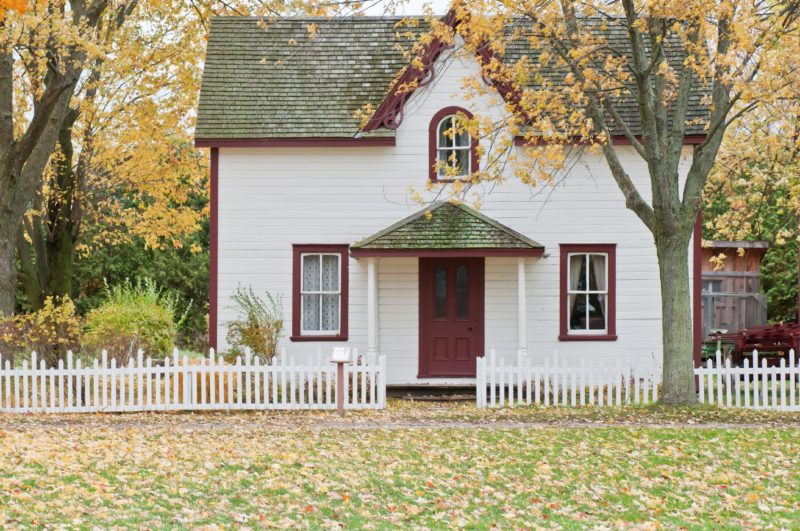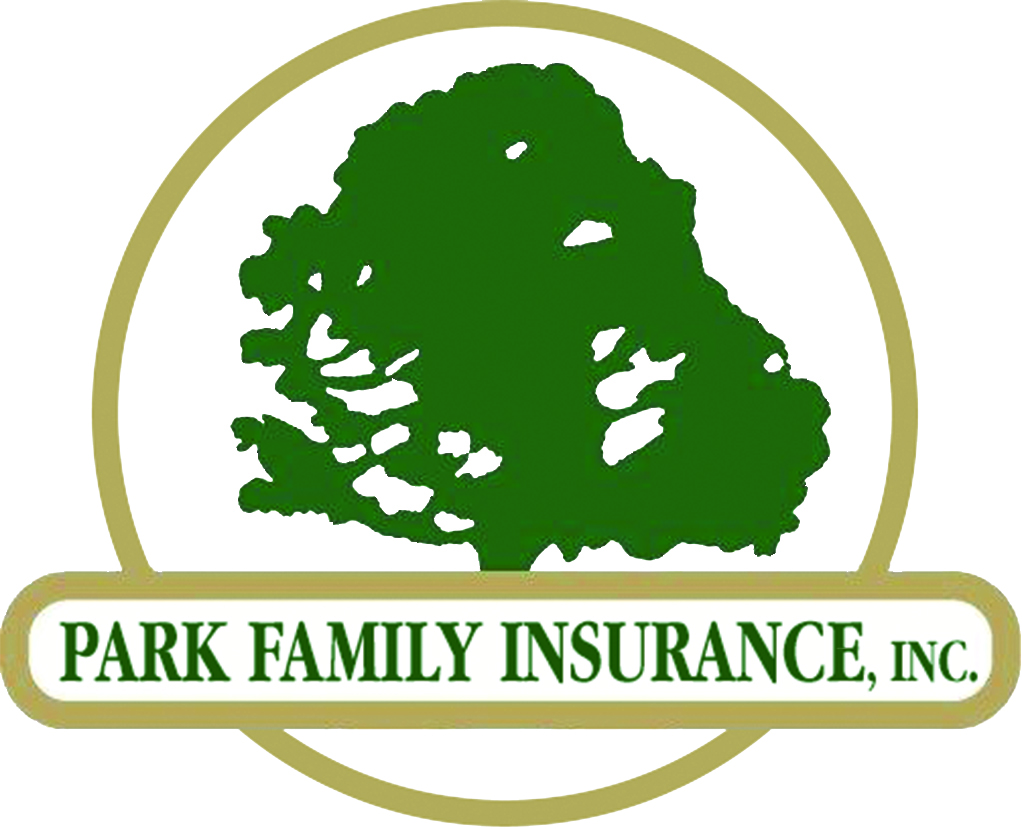What’s your house worth? It’s an easy question to ask but not so simple to answer.
Yes, there’s a “market value” for your home, but there’s also another number that’s just as important: How much would it cost to rebuild if it was destroyed or badly damaged?
The cost of rebuilding or repairing serious damage to a home sometimes may bear very little relationship to how much you could sell it for, especially as rebuilding costs don’t include the value of the land.
That’s why homeowners insurance coverage is usually based on demolition and rebuilding — in other words, the replacement cost. 
That’s what counts if disaster strikes. Otherwise, you could own a home with a market value of, say $500,000 and discover that today it might cost $600,000 to rebuild. You’d have to find that extra $100,000 yourself.
Alternatively, the home may only cost $400,000 to rebuild because you already own the land, in which case your policy should reflect that, with $400,000 of coverage and a lower premium.
On the other hand, the contents element of your homeowners insurance or renters insurance can be based either on its replacement cost or on its actual cash value (ACV).
Let’s take a closer look.
What is Actual Cash Value?
ACV is based on the initial cost of an item minus the fall in its value over time — depreciation, as it’s called. So, if you bought your cuckoo clock for $200 but its “used” value falls by, say, $20 a year, after five years it’d only be worth $100. That’s $200 minus $100 (5 years x $20).
That’s how much you’d get if it fell on the floor and was beyond repair — minus, of course, any deductible your policy requires you to pay from your own pocket first.
Different insurance companies have different ways of working out depreciation, but it’s usually based on how long an item is expected to last. If your cuckoo clock is expected on average to last 10 years, then it would be depreciated by one tenth of its original value each year — $20 per annum.
What is Replacement Cost Insurance?
In simple terms, replacement cost insurance provides the money to replace whatever is lost or damaged — $200 for the cuckoo clock (minus deductible), $400,000 or $600,000 for your house.
But how do you know how much it would cost to rebuild your home? Well, you could call in a contractor or appraiser and ask. Naturally, this cost would not include the value of the land your home sits on because you wouldn’t be replacing it — unless your policy allows you to rebuild your home somewhere else.
There are also several online calculators which can estimate replacement costs. Just do a search on the term “home insurance building costs calculator”. However, we urge caution on using this method, given the large sums of money involved and the potential impact of getting it wrong.
In practice, insurance companies, with the help of your agent, usually calculate this based on a standard cost per square foot for your city.
Of course, if your home used original timbers from an 18th century sailing ship, replacement cost would be significantly higher. This would need to be discussed with your agent for special additional coverage.
So, whether it’s a cuckoo clock or a mansion, the aim of replacement cost insurance is to enable you to put things back to how they were before disaster struck.
Oftentimes, insurers reimburse policyholders or pay contractors in two or more installments, to ensure the work is completed to everyone’s satisfaction.
But there’s more…
What is Guaranteed Replacement Cost Insurance?
Guaranteed replacement cost insurance promises to meet the full cost of replacement, even if costs have suddenly increased since you took out or updated your coverage.
Although this might not seem a big risk, it does happen — usually when several properties have been damaged or destroyed in a single area after a natural disaster.
It may also be appropriate if new ordinances, building codes or bylaws have been introduced since the home was built.
Similarly, “extended replacement cost insurance” provides additional coverage, usually as a percentage, on top of replacement costs. For example, your policy may payout 120 percent of replacement costs, leaving you with a 20 percent “bonus” for additional, unplanned costs.
How Much Does Replacement Cost Insurance Cost?
Because actual cash value coverage would usually lead to a claim payout of less than replacement cost, it stands to reason that ACV coverage would cost less than replacement protection.
Usually, the difference in premium is between 10 and 20 percent more for a replacement than actual cash policy. Guaranteed replacement cost protection might add another 5 to 10 percent.
And, while ACV may be cheaper, it generally doesn’t make sense for your rebuilding protection because the insurer likely would depreciate the value of all the materials used to build your home. You could end up with a huge financial gap to fill.
Beyond that, costs vary from one insurer to another. Some companies place limits on certain aspects of rebuilding costs, such as the roof.
The average cost for a homeowners policy in Nevada is around $800, but around $50 less in Reno, but the actual cost would obviously depend on the building’s size.
What to do Next
It’s important to know not just that your homeowners policy protects you against structural replacement costs (and replacement cost for contents if that’s important to you). So, the first thing you should do is check the wording of your policy. Also, identify whether there are any coverage limits. If you’re not sure, speak to your agent.
Second, you want to be sure that your replacement coverage keeps pace with changing construction and repair costs. These can increase significantly from year to year.
Again, insurance companies and agents monitor local costs and will generally recommend a change in the declared replacement cost in your policy. But if you feel unsure about this, call in the contractor or appraiser. Or discuss the issue with your agent.
With contents coverage, it’s a good idea to carry out an inventory of your home’s contents to make sure your policy has the right amount of coverage. And keep  records and receipts for all major items.
records and receipts for all major items.
You also have the option of switching from actual cash (if that’s what you have) to replacement cost for your personal property.
Furthermore, your agent will be able to help you explore other options. For example, with higher-value homes, you may be able to secure what’s called a “cash out loss settlement”, which pays out the replacement cost without a requirement that you rebuild your home.
Here at Park Family Insurance, we have our fingers firmly placed on all these numbers, options and local costs. We’d be happy to help you check your coverage as well as shopping around for lower premiums if you wish. Just call us at 775-800-9545
